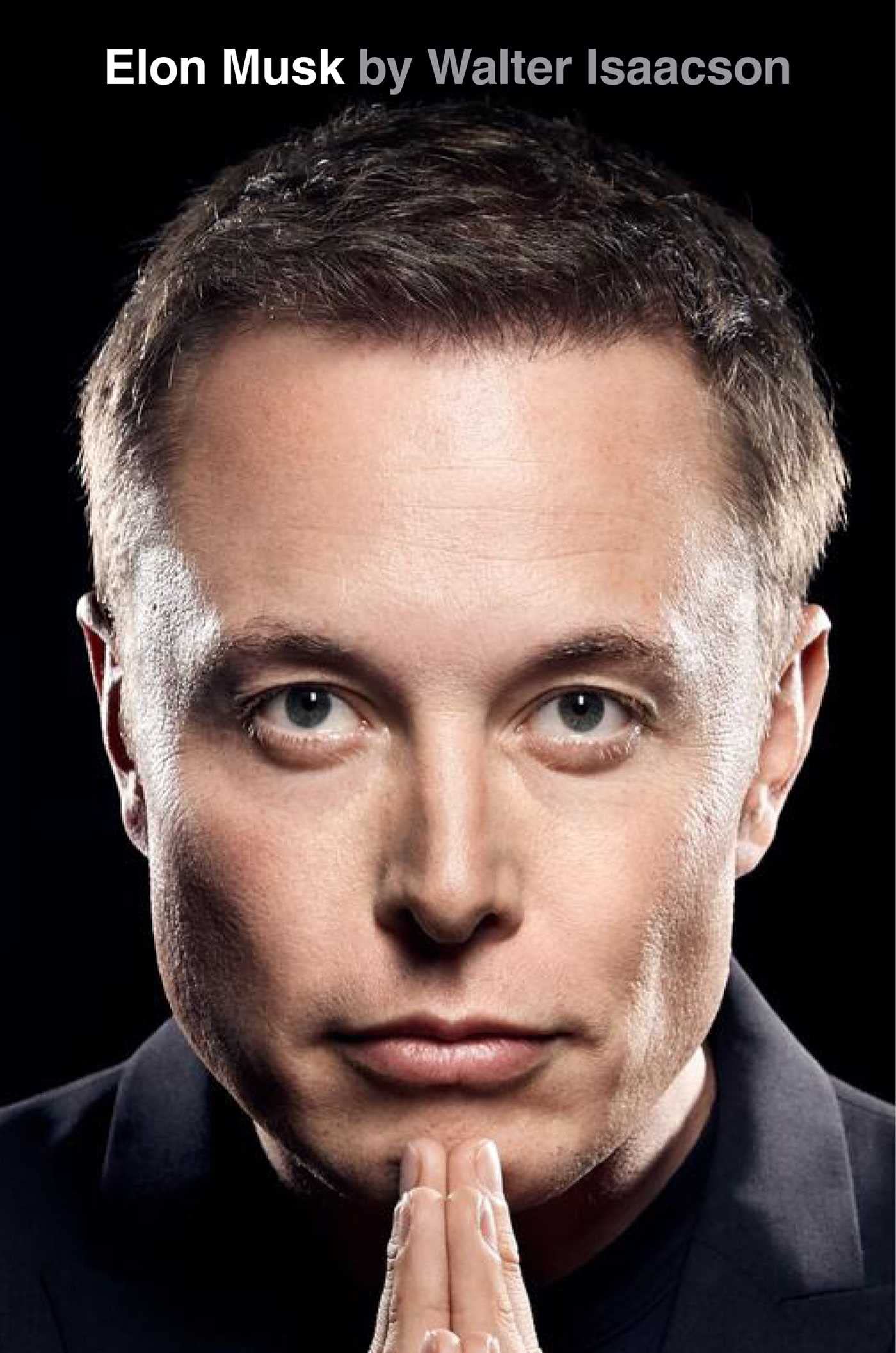12. X.com
byX.com was founded by Elon Musk in 1999 with an ambitious goal of transforming the banking industry through digital-first innovation. Unlike traditional banks burdened by bureaucratic inefficiencies, X.com sought to create an all-digital financial hub that would streamline money transfers, eliminate intermediaries, and make transactions as simple as updating a database. Musk envisioned X.com as a universal financial service provider, where users could handle checking accounts, investments, and online transactions seamlessly—paving the way for what he believed could be a multitrillion-dollar enterprise. The company’s name, however, sparked debate among investors and employees, with some believing that “X.com” sounded vague or even inappropriate, but Musk defended its futuristic appeal and memorability.
From its early days, Musk pushed an intense, high-pressure work culture, expecting his team to operate with the same relentless drive that he did. His demanding leadership style, however, led to conflicts, most notably with co-founder Harris Fricker and other key employees who felt sidelined by Musk’s aggressive approach to decision-making. Despite these internal struggles, X.com attracted a major investment from Sequoia Capital, helping the startup forge critical partnerships with banking institutions and regulators. With the backing of investors, Musk accelerated the launch, pushing his team to debut the service by Thanksgiving 1999. The launch was a success, with Musk personally withdrawing money from an ATM using an X.com debit card—marking a symbolic milestone for his digital banking revolution.
Musk’s ambitions extended far beyond simple online banking—he envisioned X.com evolving into a dominant force in the financial sector, integrating social networking and real-time payments to create an all-encompassing financial ecosystem. However, operational challenges and increasing competition from PayPal, co-founded by Peter Thiel and Max Levchin, made it clear that X.com would have to pivot quickly to maintain an edge. Musk saw PayPal’s innovative fraud prevention technology as a complement to X.com’s expanding payment system, prompting discussions about a potential merger between the two rivals. Investors and board members also recognized the benefits of consolidation, leading to an agreement in 2000 that merged the two companies under the X.com umbrella, with Musk taking on the role of chairman.
Despite the merger, tensions arose over the direction of the newly combined company. Musk remained determined to maintain the X.com branding, believing in its long-term potential, but PayPal’s leadership and many employees strongly favored keeping the PayPal name, as it had gained widespread user adoption. Musk’s push to rebrand the company, alongside technical disagreements—such as his insistence on shifting to Microsoft-based infrastructure over Unix—created friction with his team. As concerns grew over Musk’s leadership style and strategic decisions, a group of executives, including Thiel and Levchin, orchestrated a coup while Musk was on vacation, successfully ousting him as CEO in 2000. Thiel assumed control, and the company formally rebranded as PayPal, moving away from Musk’s original X.com vision.
Despite his departure, Musk’s foundational ideas remained integral to PayPal’s success, as the company refined and expanded its payment platform to dominate the online transaction market. Musk retained a significant equity stake in PayPal, and when eBay acquired the company for $1.5 billion in 2002, he walked away with roughly $180 million after taxes—providing him with the capital to fund his next ventures, including Tesla and SpaceX. Though X.com had been absorbed into PayPal, Musk never abandoned the idea of creating a comprehensive financial platform. Decades later, in 2017, he repurchased the X.com domain from PayPal, a move that fueled speculation that he still harbored plans for a future digital finance project.
In 2023, Musk reignited his original X.com vision by rebranding Twitter as “X,” positioning it as the foundation for a new “everything app” that would integrate social networking, digital payments, and AI-driven services. This development underscored Musk’s long-standing belief in X.com’s potential as more than just a bank or payment processor, but rather as a revolutionary financial ecosystem. His persistence in pursuing this vision—despite past failures and obstacles—exemplifies his relentless ambition and willingness to challenge conventional industries, traits that have defined his career across multiple sectors. The journey of X.com reflects both the boldness and turbulence of Musk’s leadership, showcasing the intersection of visionary thinking, corporate struggles, and the enduring impact of an idea that continues to shape his future ambitions.


